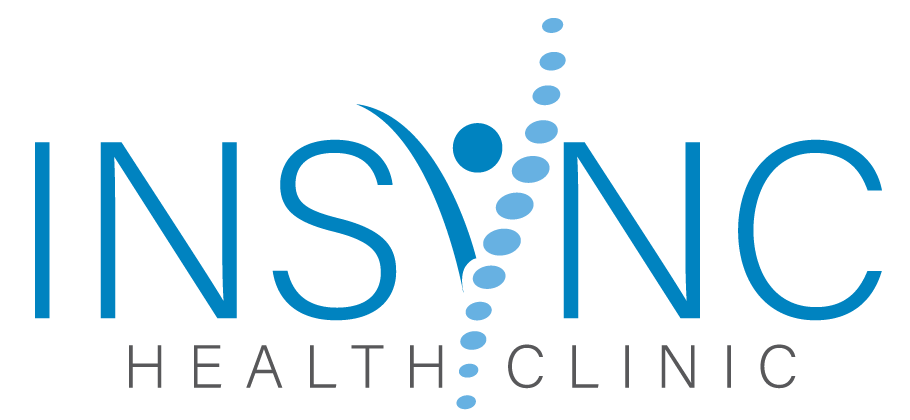The muscles and bones in our body are connected with tendons. Most athletes suffer from some form of tendinopathy which can be defined as pathology and pain in the tendons. A tendon can become tendinopathic if it is subjected to loads that are higher than what it can endure.
What Causes a Tendinopathy?
The simple fact is that tendons don’t like sudden changes. A decrease or increase in load can cause tendon pathology. The different types of loads that can cause tendinopathy include:
- Tensile load in which the tendon is loaded while in a lengthened state
- Compressive load where it’s compressed against an adjacent bone
- A combination of compressive & tensile loads, such as stretching at the point where the tendon gets compressed and lengthened against the bone
- Shearing load, which causes friction in the tendon within its sheath (this occurs only in specific tendons)
- Once the tendinopathy occurs, it is important that the person start on a rehabilitation program. The fact is that there isn’t any quick fix for this condition. In most cases, injections like cortisone tend to cause far more long-term damage to the tendon.
Tendon Injury – The Rehabilitation Process
Stage 1
Pain reduction is the objective of this particular phase in which:
- The focus will be on reducing the adverse load on the affected tendon
- All types of stretching and other operating activities that cause pain, will be discontinued.
- Isometric exercises will be started in order to enhance pain relief.
Stage 2
This phase is all about strengthening the muscle/tendon while still avoiding the adverse loads. All the strengthening exercises will be performed very slowly but with reasonably heavy loads.
Stage 3
Here, the exercises will be aimed at power development with the objective of increasing the tendon’s energy storage capacity (ability to absorb load). These are typically higher speed exercises such as jumping and skipping.
Stage 4
In this phase, the focus will be on the tendon’s sports-specific requirements and elastic function (ability to work well in a lengthened position).
It is important that all the stages of the rehabilitation program be carried out methodically and sequentially. If the stage is carried out in a hurried manner, the process just won’t work. It is crucial that you consult a physiotherapist that has extensive experience in and understanding of tendon loading. The only way to recover from a tendinopathy is to ensure that the rehab process is carried out completely and in the right stages.
Choose the Right physiotherapist
When you are looking for a physiotherapist to help you recover from this tendon injury, consider the professional’s credentials as well as experience. Ensure that the centre you are getting the treatment at, is well-established and credible and that they have the skills and resources to provide the kind of rehab treatment you need.
We at Insync Physiotherapist have extensive experience in treating all types of tendon injuries including tendinopathy. All the tendon physiotherapists on our team keep up to date with the latest research evidence in treating these and other related muscle injuries. Not only does this ensure that you get the right type of treatment, but it also helps in faster recovery.
We also use the latest technology and equipment as required to ensure that our clients get the best treatment and care. For any information on the different types of services, we at Insync Physiotherapist provide, feel free to contact us on (02) 7226 3432. You can also send us your queries via this online form and we will respond quickly and answer any queries you may have.
Thanks for reading,
Insync Physiotherapy Team
(02) 7226 3432
